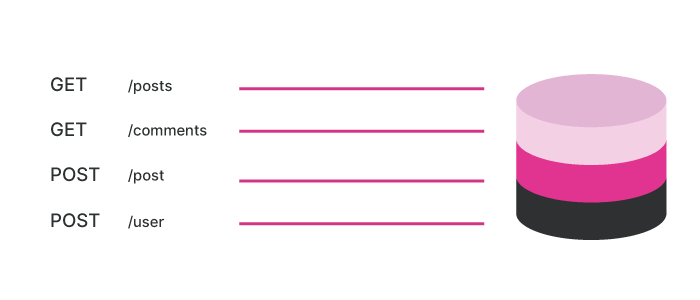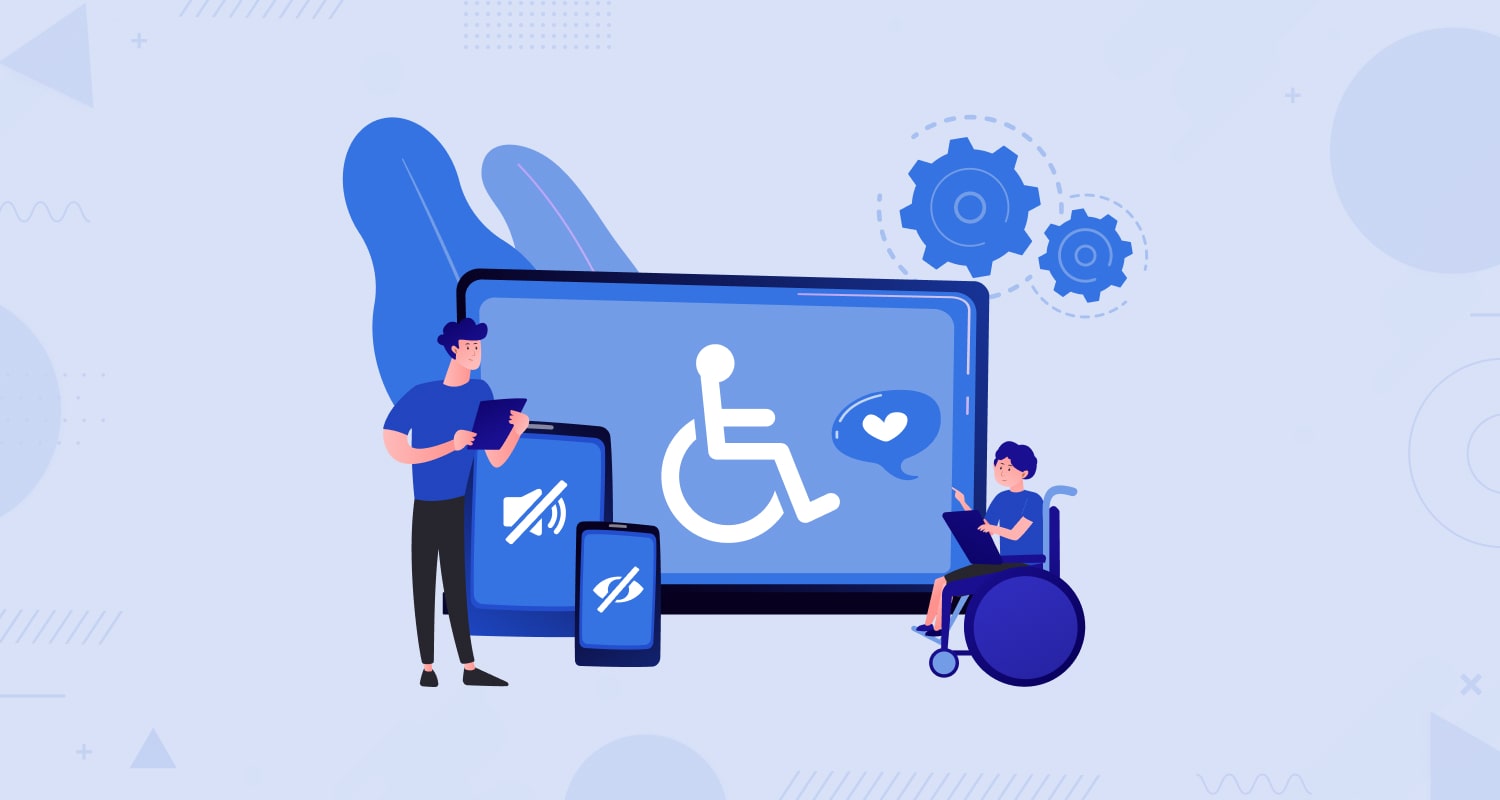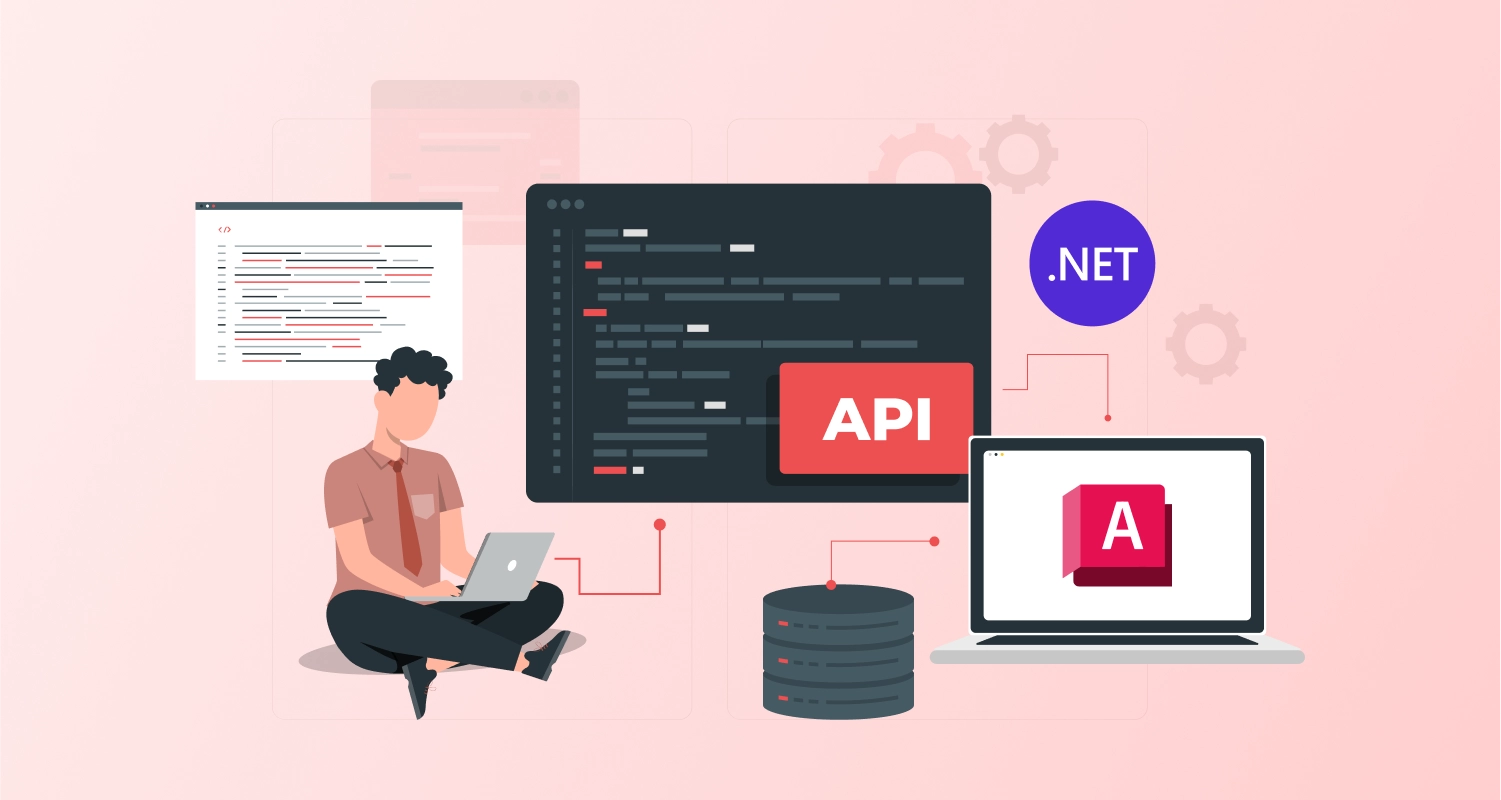APIs often are said to hold the key to the intuitive web experience. But building APIs has never been a cakewalk for any software development company, especially with the evolution of the web and the UX expectations. This is why new technology for building API is likely to get huge attention from all corners. No wonder, GraphQL ever since its appearance continues to become popular among developers. This language developed by Facebook in 2012 and released for public use in 2015 has quickly become adopted by an array of big brands such as Netflix, Walmart, Spotify, Github, and several others.
Here we are going to explain what exactly is GraphQL, what are its key features and how it became synonymous with the future of API development.
Comparison Of GraphQL With REST
Since a long time, we stopped using SOAP and switched to REST for API development. Obviously, REST was conceived as a more flexible choice for the developers. It is also an undeniable fact that REST worked really well for some time. But since the web continued to get more sophisticated, the APIs became more demanding and required a few crucial changes. This is where REST became problematic for API development. Here let us have a quick look at the problems with REST.
Multitude of Endpoints
Each and every resource in REST has an endpoint. So, for building an application, developers have no choice but to put up with a multitude of endpoints representing a similar number of resources. So, every request needs to be followed with a specific endpoint and its parameters. This actually involves a lot of time for building a complex app with a multitude of resources.
Information Over-Fetching or Under-Fetching
REST APIs are also said to fetch more information than required or in some cases less information than what is required. According to many API development services, this over-fetching or under-fetching of information has been a constant problem with REST API. Because of this problem, a developer may need to work with a whole project just for a small piece of information.
Multiple Versions
REST APIs often come with several versions as they evolve. With GraphQL you don’t have this problem of versioning since developers can easily add new types and replace older ones to make the APIs evolve. Instead of creating separate versions with GraphQL you only need to write new code to incorporate the changes.
What Gives GraphQL Edge over Rest?
GraphQL has an edge over the REST API because of the following reasons.
Single Endpoint
GraphQL doesn’t require multiple endpoints. You just have one single endpoint that allows you fetching as much data as possible with a single request. GraphQL helps to wrap all queries, changes, and subscriptions with just one single endpoint. This helps developers fetching information from various sources with just a single request.
Because of this single endpoint approach, the API automatically comes with very helpful and really useful documentation that developers know using. The developers can just understand an API by seeing the code.
GraphQL Helps Developers Fetch Data Precisely What They Need
GraphQL also does away with the issue of over-fetching and under-fetching if information because of the simplicity of structure and absence of multiple endpoints. Thanks to the precise information fetching GraphQL helps to deal with all the performance issues experienced previously.
Easy and Consistent API Development With GraphQL
If you think it’s because of the presence of schema and single endpoint, GraphQL is more complicated, you cannot be more wrong. It does away with the need of writing documentation since developers can easily learn about using it for making requests. Moreover, as an agnostic language, GraphQL is compatible with any language. As of now GraphQL officially supports more than 12 popular languages.
Know the Intricacies of GraphQL Development before Dumping REST
There is really clear advantage of using GraphQL over REST and so it cannot be expected that anyone is blindly leaving REST and opting for GraphQL. But obviously, there are certain advantages of this API development language that deserve attention. According to many experts, GraphQL actually made considerable impact on the consistency and predictability of an app. It can also have great impact on the API pricing and analytics.
GraphQL Implementation
Now, let us spare a few guiding lines on the implementation of the GraphQL for API development. If you want to choose an ideal platform to implement GraphQL API, NodeJS is considered to be the ideal environment just because GraphQL was mainly conceptualised for web app development.
Another aspect that developers need to understand is that GraphQL API implementation depends a lot on the schemas and resolvers. GraphQL also does not need any client as the GraphQL request is mainly a regular POST HTTP request. While construction of the requests with GraphQL may be very easy, the implementation of caching needs to be taken care of to ensure optimum user experience. You can consider client caching libraries like Apollo and Relay Modern that offers inbuilt client caching capability.
When You Should Not Use GraphQL?
In spite of all the advantages that we have mentioned so far, GraphQL may not be a solution for all API development projects. You need to keep the limitation of this language in mind as well. For building simple APIs, GraphQL can prove to be irrelevant. Also for APIs that will not get public exposure, GraphQL may not be a suitable language. GraphQL also may not fit the API projects that are less likely to evolve and change with new features and upgrades. Lastly, this new and promising API development language will mostly fit the dynamic API development needs.
Conclusion
GraphQL has emerged as a promising protocol and query language for web API development. Working mostly as an abstraction layer and information aggregator can speed up the development process while reducing maintenance needs. This is precisely why developers across major web apps preferred GraphQL.








